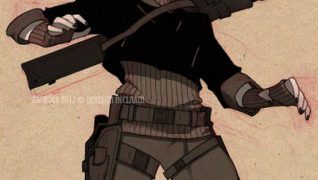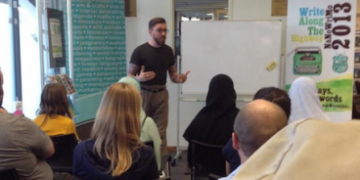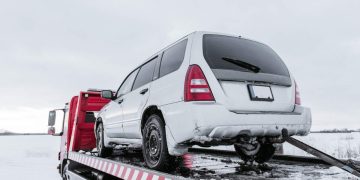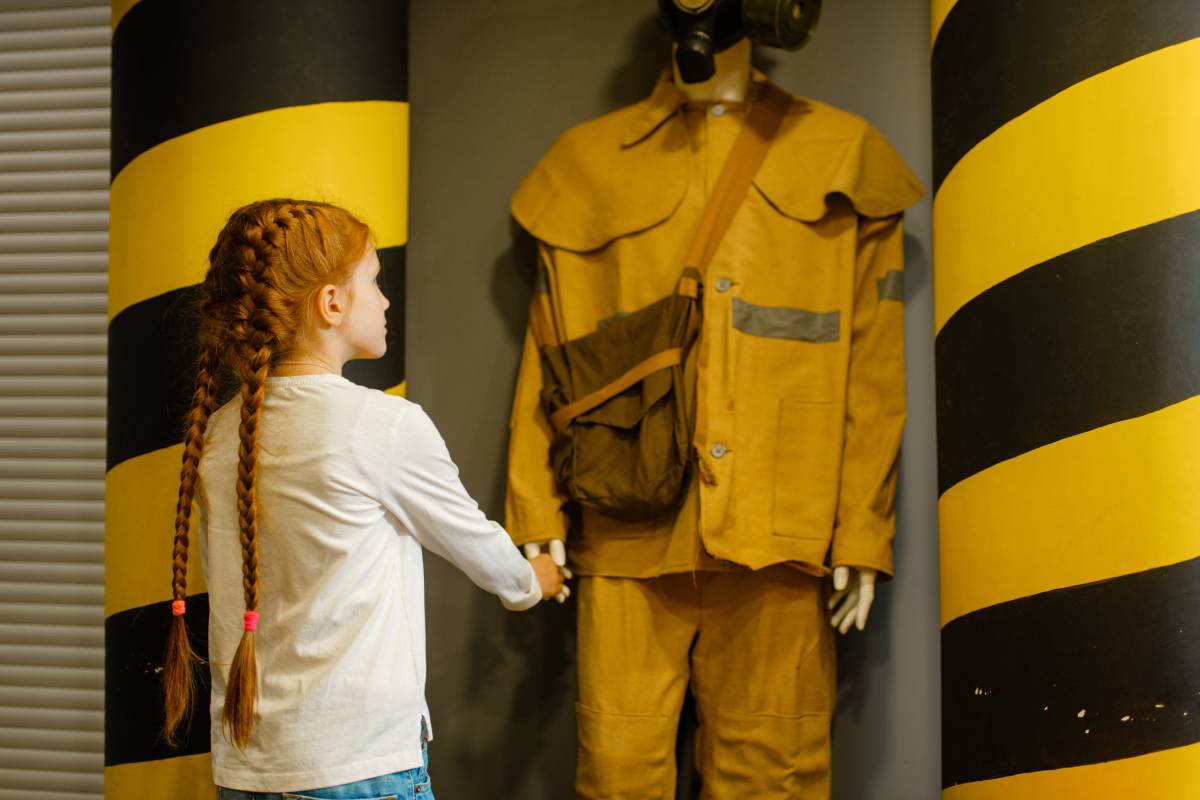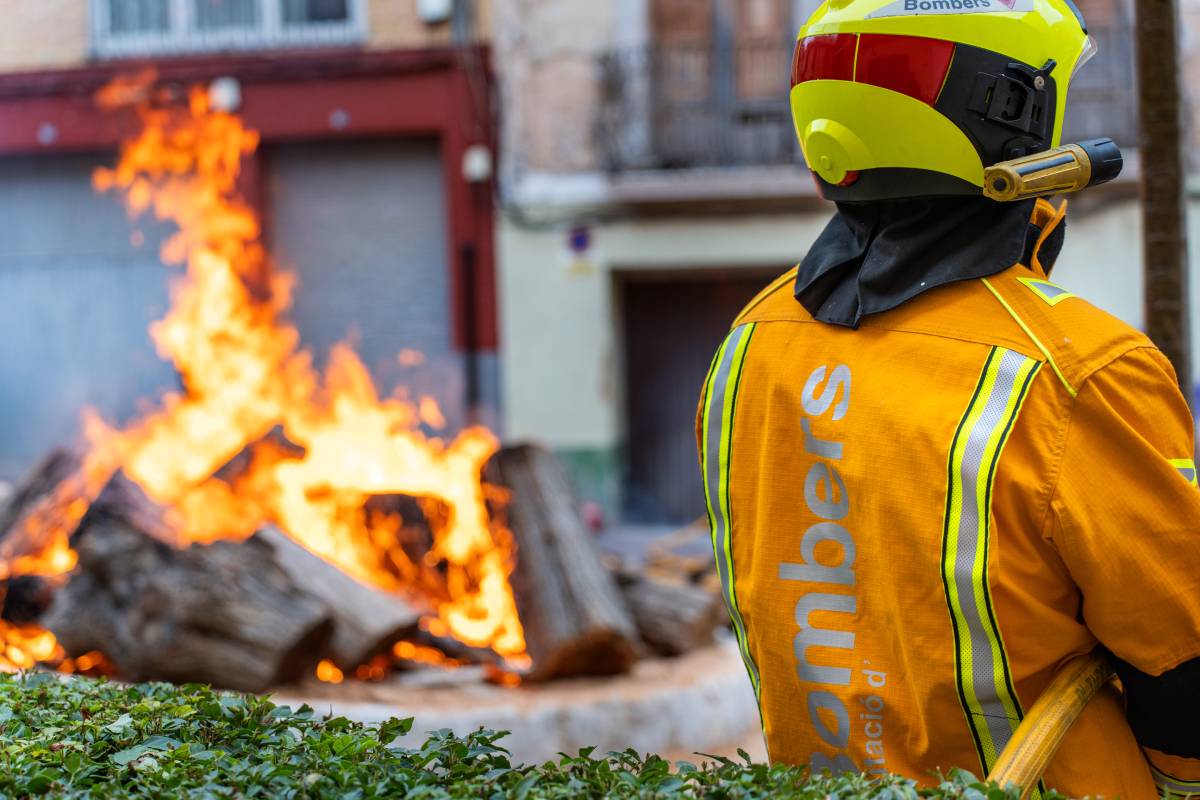The history of firefighter
The Fire Brigade we know today has come a long way from its origins, which date back to ancient times when humans first grappled with controlling fire.
Firefighting traces back to ancient Rome around the 3rd Century, during the rule of Augustus. Even earlier, there are records of firefighting efforts in Ancient Egypt.
The concept of organized firefighting took shape in Rome with Marcus Licinius Crassus, who, noticing Rome lacked a formal firefighting force, assembled his own brigade of 500 firefighters. Upon hearing a call for help, they rushed to burning buildings. However, their assistance came at a price, as Crassus would haggle with property owners while fires raged. If a deal couldn’t be struck, the firefighters would stand by as the fire consumed the structure.
In AD 60, Emperor Nero established the Vigiles, a firefighting group tasked with using water buckets and pumps to combat fires. They also served as a sort of early police force, patrolling Rome’s streets. When a fire broke out, the Vigiles would form a line to the nearest water source, passing buckets hand in hand to douse the flames.
You must be an Australian citizen or have permanent residency status. You also need a valid Australian driver’s license with a clean driving record. Sometimes, you’ll need to undergo a police check and get a first aid certificate. Apply online and go through various recruitment tests, including a personality test, physical fitness test, interview, and medical check-up.
Other requirements involve:
- Education and Training: While formal educational requirements may vary depending on the department, having a high school diploma or equivalent is usually necessary. Some departments may require further education such as a certificate or diploma in firefighting or emergency services. Additionally, completing courses in first aid, CPR, and other relevant areas can be beneficial.
- Physical Fitness: Firefighting is physically demanding, so being in good physical shape is crucial. Many departments require candidates to pass physical fitness tests as part of the application process.
- Apply for Positions: Keep an eye out for job openings with fire departments in your area. Most departments advertise vacancies on their websites or through government job portals.
- Written Exams and Interviews: You may need to pass written exams and participate in interviews to demonstrate your knowledge, skills, and suitability for the role.
- Background Checks and Medical Exams: Expect to undergo background checks, including criminal history checks, and medical examinations to ensure you’re physically and mentally fit for the job.
- Training Academy: If you’re successful in the selection process, you’ll likely undergo training at a firefighting academy. This training typically covers firefighting techniques, rescue operations, hazardous materials handling, and more, which usually lasts between 13 to 21 weeks..
- Probationary Period: Upon completing training, you may start as a probationary firefighter. During this period, you’ll work under supervision to gain practical experience and further develop your skills.
- Continuing Education and Training: Firefighters undergo continuous training throughout their careers to stay updated on new techniques, equipment, and safety protocols.
- Specialization: As you gain experience, you may have opportunities to specialize in areas such as urban search and rescue, hazardous materials response, or wildfire management.
To get started, consider researching specific requirements and application processes for fire departments in the state or territory where you’re interested in working.
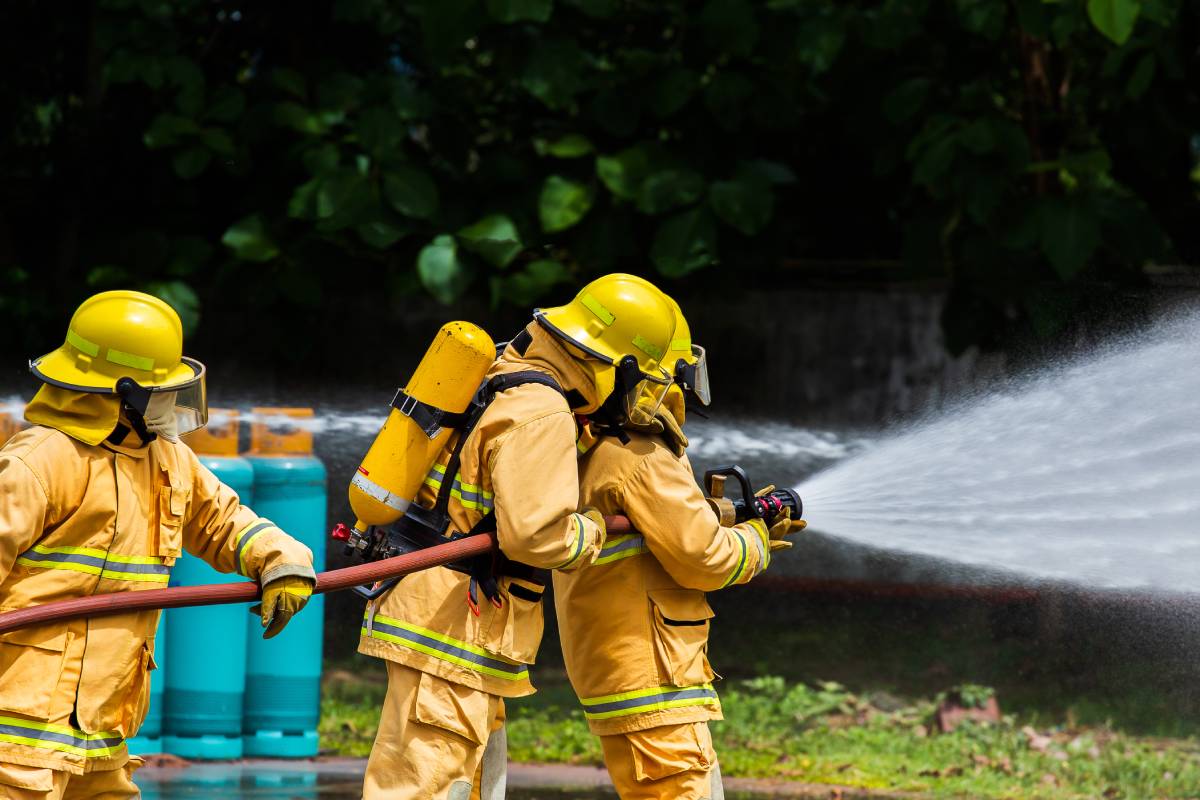
Tasks and Responsibilities
- Responding to fires and various emergencies like car accidents, industrial mishaps, and incidents at sea.
- Saving and moving people in life-threatening situations.
- Using pumps and hoses to put out fires and control hazardous substances.
- Cutting through buildings and vehicles to rescue trapped individuals.
- Providing initial medical assistance.
- Participating in training sessions and drills to improve emergency response skills.
- Keeping equipment in good condition by performing regular maintenance.
- Engaging in search and rescue operations, including rescues at heights.
- Collaborating with other agencies during crises.
- Educating the public about fire safety.
- Conducting assessments to identify fire risks and inspecting buildings and water supplies.
- Working closely with community members and coordinating with police officers and paramedics.
- Firefighters are employed by fire departments in urban and rural areas across Australia.
The salary of a firefighter in Australia can vary depending on factors such as experience, location, and the specific firefighting agency they work for. On average, however, a firefighter in Australia can expect to earn between AUD 60,000 to AUD 114,000 per year.
Entry-level firefighters typically start at the lower end of this range, while those with more experience, specialized training, or in leadership positions may earn higher salaries. Additionally, firefighters may be eligible for overtime pay, allowances for working in hazardous conditions, and other benefits.
It’s worth noting that salary figures can differ between states and territories, as well as between urban and rural areas. For more accurate and up-to-date information, it’s recommended to check with specific firefighting agencies or government sources in the region of interest.
In conclusion
Being a firefighter is not just about responding to emergencies; it’s about playing a vital role in fire safety, education, and disaster prevention. The history of firefighting dates back to ancient times, evolving into the organized and dedicated profession we know today.
Even though the salary might be average considering how much danger you might face ahead, the rewards of the job extend far beyond financial compensation, as firefighters contribute to their communities’ safety and well-being every day. If you’re ready to embark on a challenging yet fulfilling career, consider joining the ranks of Australia’s brave firefighters.


















